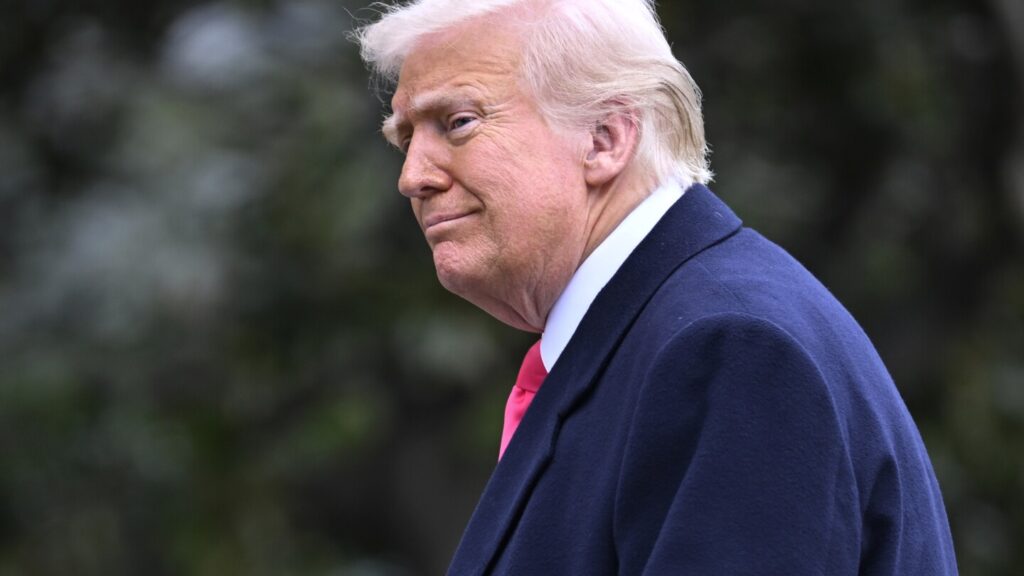In President Donald Trump’s fifth week in office, significant shifts in U.S. policy towards Russia were observed. This included firing a senior military officer and engaging in direct talks with Russian officials to address the ongoing conflict in Ukraine, a move that sparked tensions with Ukrainian President Volodymyr Zelenskyy. Trump’s administration is pushing to find a resolution to the war, despite criticism and concerns raised by European leaders.
The Pentagon saw a shakeup as Air Force Gen. CQ Brown Jr. was dismissed, part of an effort to remove military leaders advocating for diversity and equity. Meanwhile, federal firings continued as Elon Musk’s Department of Government Efficiency pursued spending cuts, with Musk implementing strict measures for federal workers.
As Trump signed an executive order seeking more White House control over independent regulatory agencies, consumer sentiment indicated growing pessimism about the economy. Despite Trump’s optimistic outlook, tariff threats and federal layoffs have unsettled consumers, leading to a drop in economic confidence.
Trump’s administration is navigating complex budget negotiations in Congress, with differing approaches between Senate Republicans and House Republicans on funding priorities and tax cuts. The balancing act between budget goals and tax breaks is presenting challenges, with lawmakers grappling over the potential impact on federal deficits and constituents.
In a series of unconventional proposals, Trump hinted at diverse ideas such as invading Panama, reimagining territories like Greenland and Gaza, and exploring the possibility of sending humans to Mars. This dynamic agenda and ongoing policy shifts reflect the evolving landscape of Trump’s second term in office.

